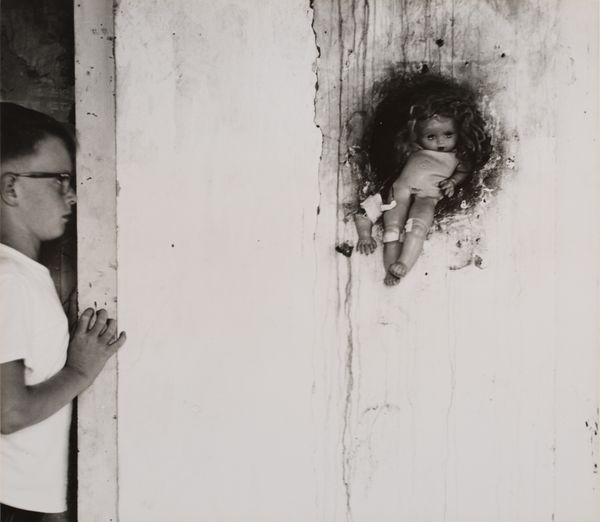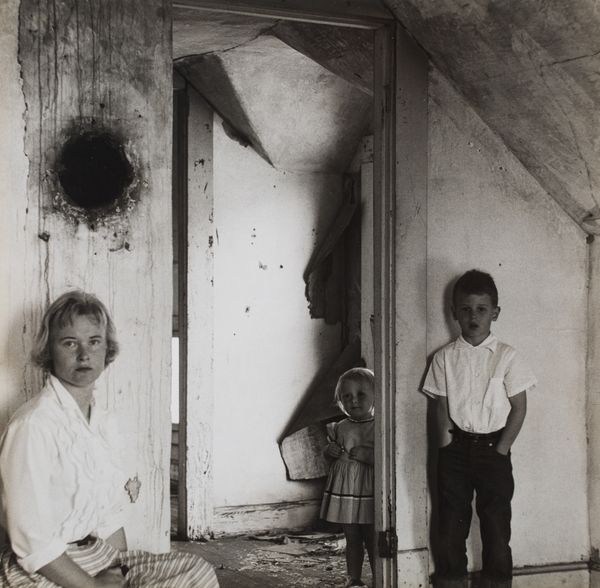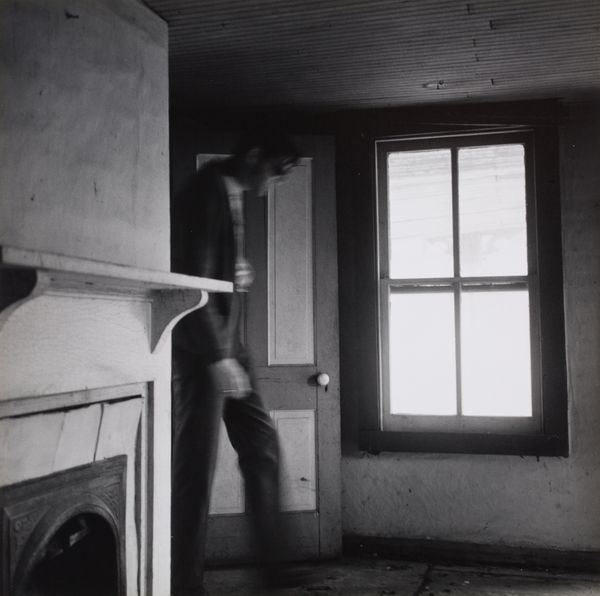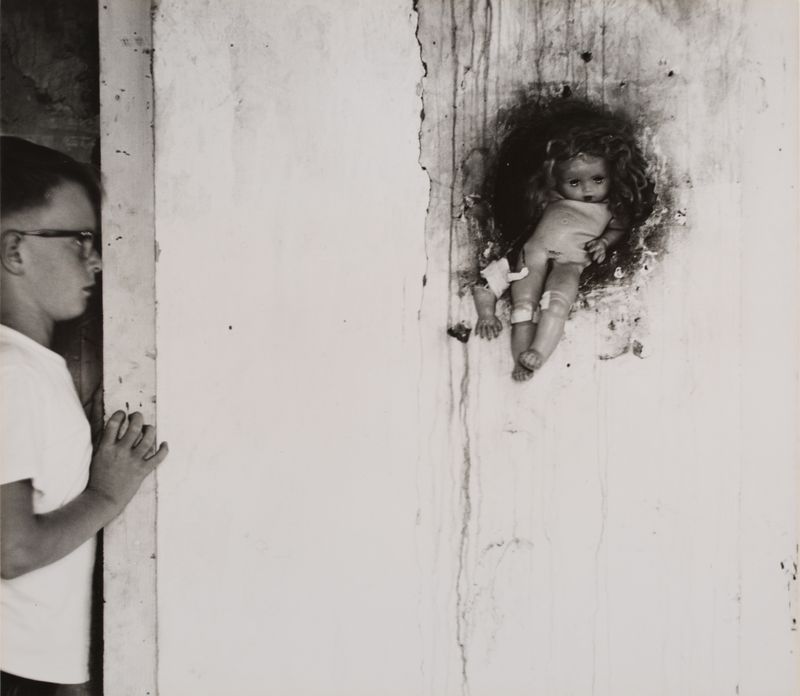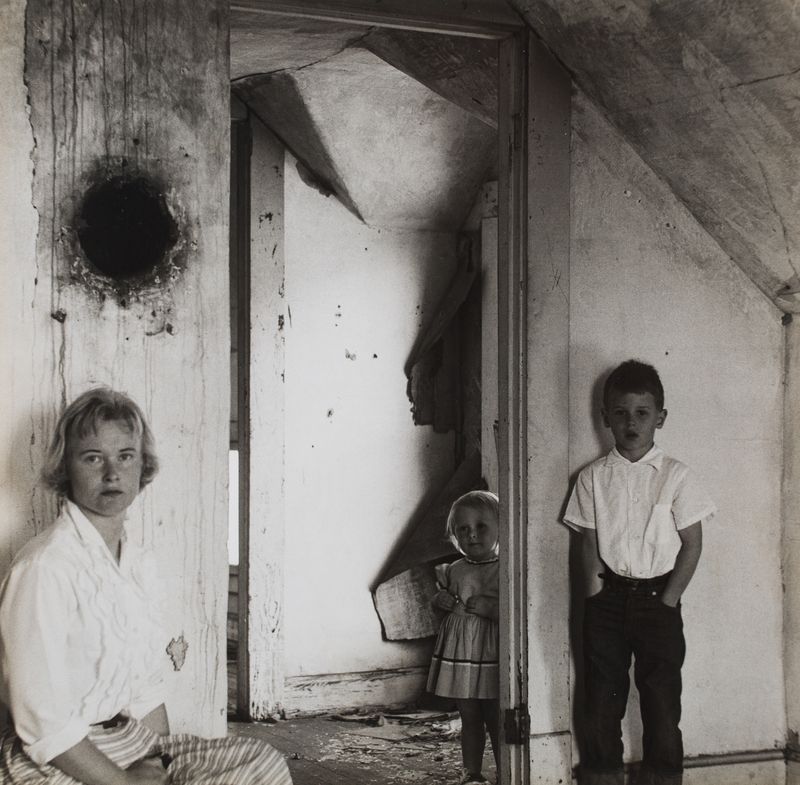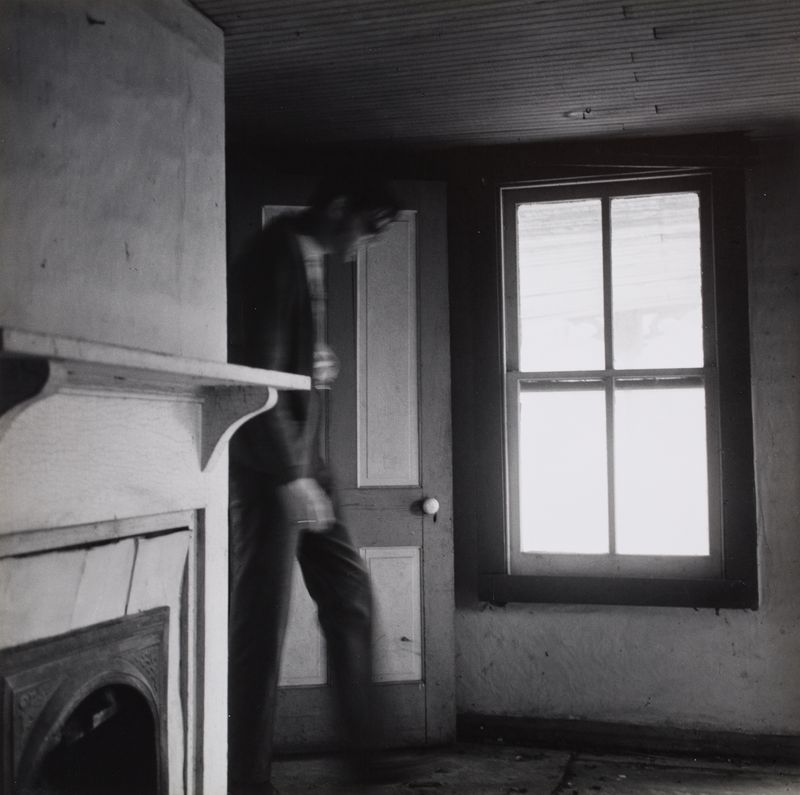Ralph Eugene Meatyard: A Master of Metaphor and Mystery
-
Published17 May 2019
-
Author
In conjunction with an exhibition about Ralph Eugene Meatyard, the University of Kentucky Art Museum published a book about the self-taught unconventionalist that offers an alternative, intimate approach to his work.
In conjunction with an exhibition about Ralph Eugene Meatyard, the University of Kentucky Art Museum published a book about the self-taught unconventionalist that offers an alternative, intimate approach to his work.
Away from fame, through the 1950s and 70s, Ralph Eugene Meatyard created a body of work retrospectively considered revolutionary. The eerie atmosphere of his set-ups, his cautious compositions, his bold framing and playful imagination have been extensively written about. Yet, this book brings something new to the table. That is, because, in addition to rarely or never seen before photographs and academic essays, there are personal notes by artists, curators and photographers who were his friends and admirers. Photographer Duane Michals calls him “a Foto Voyant, a photographer whose imagination floated through the air like a cooling zephyr on a hot August afternoon in Kentucky”, and we are inspired in turn to abandon ourselves to imagination.
Meatyard’s famous masks and dolls make a few appearances, but only exclusively. Rather, it gives room to other photographs – those that emphasise his interest in dilapidated buildings, his love for the coexistence of black and pure white, or his sense of humour. Some images intrigue, other have us smile. Each of them is an invite. We are introduced to a man, standing stiff under a drying rack, holding a chicken with one hand and biting an apple with the other. His eyes are barred with the shadow of his glasses’ frame, his mouth obstructed by the fruit, but we narrate the whole story.
“Meatyard’s subversion of the expectations for photography”, as University of Kentucky Art Museum’s curator, Janie M. Welker writes, is an ode to creativity, to trespassing the codes of representation and moving them further. And by hiding the faces of his subject with masks or shadows, the photographer arouses our own interpretation. “With his keen eye for the rhythms of line, form, tone, and texture he regularly transformed the commonplace into images that are layered with meaning for the viewer to tease out”, Welker notes.
The situations Meatyard composes are uncanny though familiar, mundane though otherworldly. There are stages of being, as the title states, as much as stages of seeing. Because seeing involves more than sight. The apparent disorder of Meatyard’s photographs ultimately reproduces the pattern of dreams – messy yet unquestionably clear. “Everything about his photographs speaks for and of the right and importance of human imagination”, photographer Emmet Gowin puts it.
--------------
Ralph Eugene Meatyard: Stages for Being
Published by University of Kentucky Art Museum in March 2019
Texts by Stuart Horodner, Janie M. Welker. Text by Roger Ballen, Julian Cox, Emmet Gowin, Marvin Heiferman, Corey Keller, Judy Linn, Christopher Meatyard, Duane Michals, Andrea Modica, Laurel Nakadate, and Catherine Opie.
Hardcover // 112 pages; 50 in Colour // 24 x 24 cm // US$45
--------------
Ralph Eugene Meatyard (1925–1972) lived and worked in Kentucky, United States. His work spanned many genres, from dreamlike portraiture to multiple exposures and other methods of photographic abstraction. His work has recently been featured in exhibitions at The Art Institute of Chicago; The Philadelphia Museum of Art; the de Young Museum, San Francisco; The International Center of Photography, New York; and Cincinnati Museum of Art, Ohio, among others.
Laurence Cornet is a writer and curator based in Brooklyn focusing on cultural and environmental issues.
